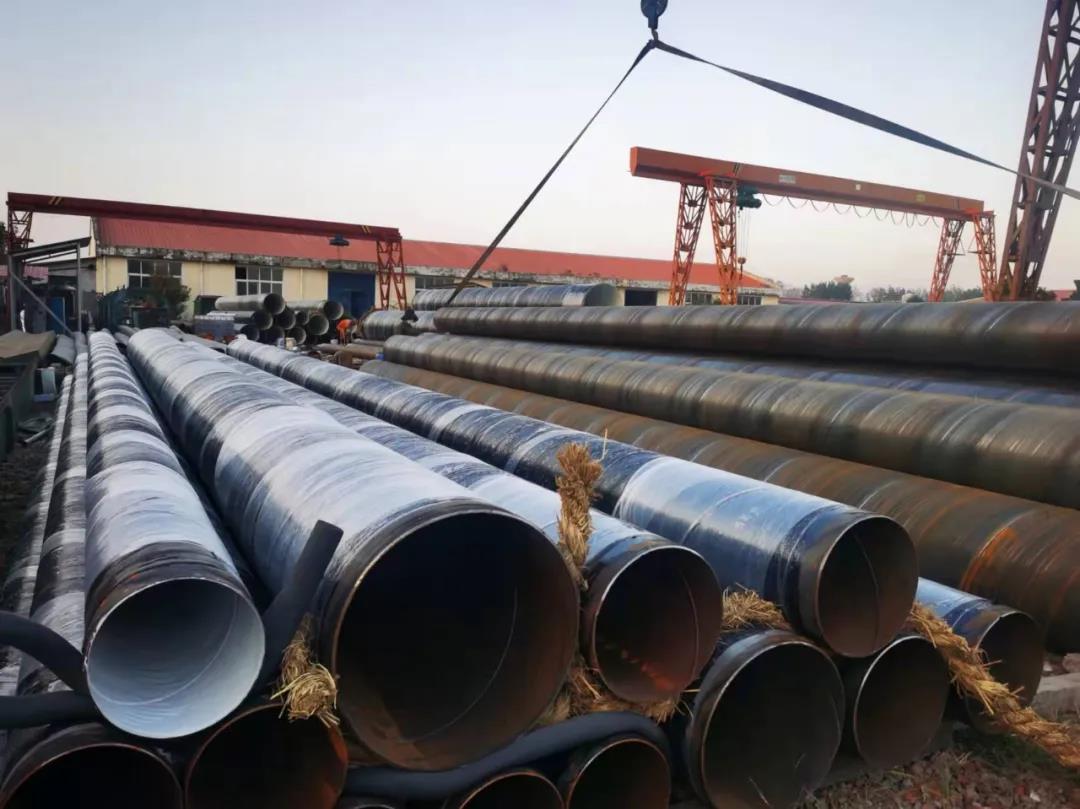The spring breeze does not pass Yumen, and the rise in steel prices is optimistic. Recently, as domestic steel prices have fallen sharply, market bearish sentiment and short-selling momentum have been fully released. In just one month, steel prices have returned to their levels at the beginning of March this year.
In recent days, the steel market has bottomed out and rebounded. On November 20th, after the price of billet in Tangshan, Hebei, rebounded by 50 yuan/ton, the prices of local strip steel, medium and heavy plates and other varieties all rose to a certain extent, and the prices of construction steel and cold and hot rolled coils in many places There has also been a rebound. Taking into account that the Spring Festival next year will be earlier than in previous years, there will be more holidays in January next year, and the actual trading days will be relatively reduced. Therefore, the market in December this year will dominate the market trend before the Spring Festival next year.
Quotes need emotional reversal
For a rebound from a big drop, sentiment is important. Because it fell to a certain level, there was even a panic. When everyone is not optimistic, who dares to take the goods, and where will the rebound come from? There is usually a saying in the industry that is not true: look at supply and demand in the long term, inventory in the medium term, and emotions in the short term. It may not be completely right, because the environmental factors of the market are now more complicated. However, the influence of emotions on short-term market conditions is still an important factor. As soon as the market comes, whether it rises or falls, it acts as an accelerator, and even amplifies the market. The frequency of a single day’s rise and fall is significantly higher than in previous years. In addition, the combination of futures and spot is becoming more and more closely, and a large number of maturity businesses led by maturity companies have also increased the sentiment of futures ups and downs like spot transmission. Spots, especially some markets in East China and North China, are too closely paced with futures. , So that the spot is like futures, and the goods have not been out of the warehouse, and they have been traversed by several companies.
Emotions are not hype, but a consensus and fermentation that the market situation has evolved to a certain degree. Once the emotions are up, the market mentality, enthusiasm for trading, and enthusiasm for buying and selling are all mobilized. However, emotions are subject to realistic conditions. They generally start in futures, are transmitted to the spot, from point to surface, and then stop at futures.
Rebound also requires hard conditions
Since the Spring Festival this year is earlier than in previous years, there will be more holidays in January and the actual trading days will be shorter. If there is a real market, it will be mainly in December.
Generally speaking, steel prices have rebounded slightly recently, mainly driven by the following factors.
First, the rebound in futures led to an improvement in sentiment in the spot market. The demand suppressed by the price drop was released, and the market volume increased, showing a resonant situation in the future, which in turn led to a rebound in spot prices.
The second is policy support. On the one hand, “maintaining the stable operation of the economy”, “enhancing industrial resilience and shock resistance”, “six stability and six guarantees”, etc., all require a certain degree of easing policy support. At present, the real estate industry is actively and steadily advancing the legislation and reform of real estate tax under the condition that the positioning of “housing to live without speculation” remains unchanged, which has played a positive role in boosting the steel market’s expectations. On the other hand, there is no suspense for the steel industry to complete the reduction of crude steel output this year. At present, limited production during the heating season, the Winter Olympics and temporary production restrictions in polluted weather still restrict market supply. Will steel output continue to decrease next year? This issue has an important impact on the market at the end of this year.
Third, there is hope for demand. The economic operation data in October showed signs of improvement in manufacturing demand, and shipbuilding and container orders are expected to maintain a relatively high level of prosperity. At the same time, by the end of this year, special debt quotas are expected to be issued in advance, and infrastructure investment is expected to gradually pick up. If suppressed demand can be released again, the steel market is expected to usher in a rebound again.
In short, after the price has fallen sharply, there is a rebound demand and objective conditions, but the market is not a reversal. After all, the steel market is facing an environment where costs have fallen sharply and demand has fallen.
Post time: Dec-02-2021

